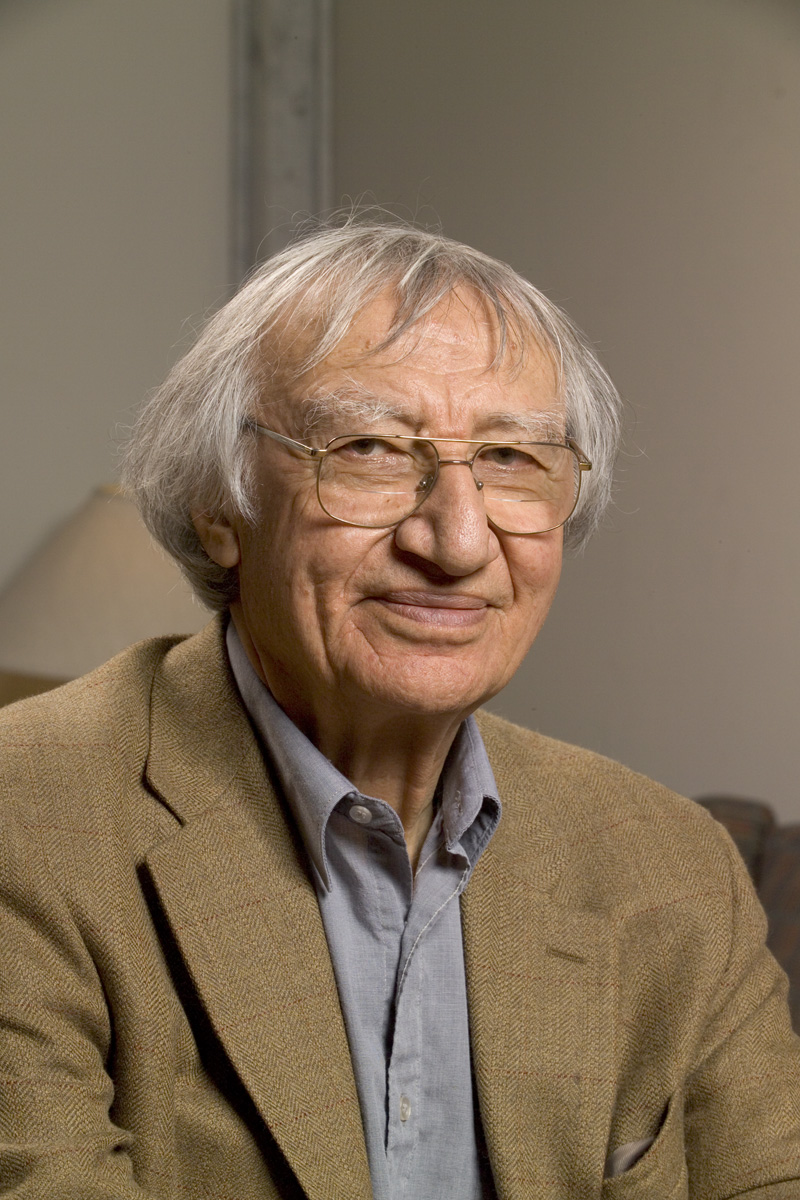Muzaffer Atac
Physicist Muzaffer Atac received his BS in physics from Ankara University in 1957. From 1959 to 1961, Atac was employed by the Minerals Searching and Investigating Institute in Ankara. In January 1961, Atac moved to the United States to study physics at the University of Illinois with the support of a NATO fellowship. He received his MS in physics from this institution in 1963. Atac completed his PhD thesis "Time Reversal Violation in Electromagnetic Interactions" under the supervision of Hans Frauenfelder at the University of Illinois. He returned to Ankara University for eight months as part of his PhD work and received his PhD degree from the Ankara University. On September 3, 1968, Atac began working as an Applied Scientist for the National Accelerator Laboratory (which would later become Fermilab) at its offices in Oak Brook.
While at Fermilab, Atac performed groundbreaking work on gas calorimeters, drift chambers, and high sensitivity solid state photon detectors, and he received several patents for his work. He later became interested in applications of particle detectors in the medical field2 and did work in medical imaging and the early detection of breast cancer. His work in this area produced patented biomedical imaging devices. Atac served as head of Fermilab’s detector development group from 1972 to 1978, when he joined the Collider Detector at Fermilab (CDF). Atac was one of the first three scientists involved in this experiment, and he remained with CDF until 1997. Beginning in 1988, he worked on the development of solid state photomultipliers and visible light photon counters with Rockwell International. In 1989, he became an adjunct professor of physics at the University of California, Los Angeles. In 1990, he became an adjunct professor at the University of Texas at Dallas. He began working on cancer research at the University of California, Irvine in 1996. Beginning in 1995, Atac worked on developing a Silicon Pixels Vertex Tracking System for the Compact Muon Solenoid (CMS) experiment at CERN's Large Hadron Collider.
Atac also organized several workshops and Fermilab and conferences on wire chambers, high energy physics and instrumentation, and medical imaging. He was author or co-author on over 500 publications and served as a referee for Nuclear Instruments and Methods, DOE/SBIR, NSF, IEEE Nuclear Science, and NASA. Atac retired from Fermilab in June 2008.
Muzaffer Atac Content
- New Cosmic Ray Detector Exhibit — July 21, 1977

Muzaffer Atac in 2005


